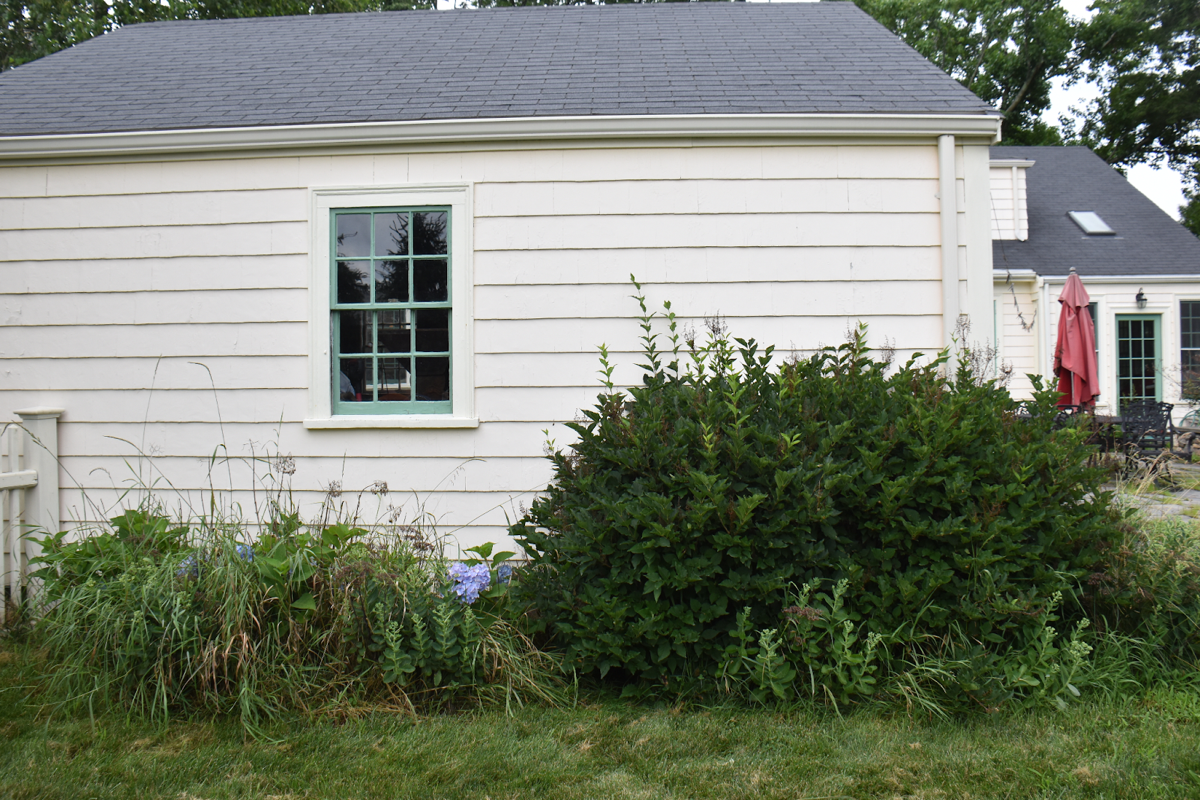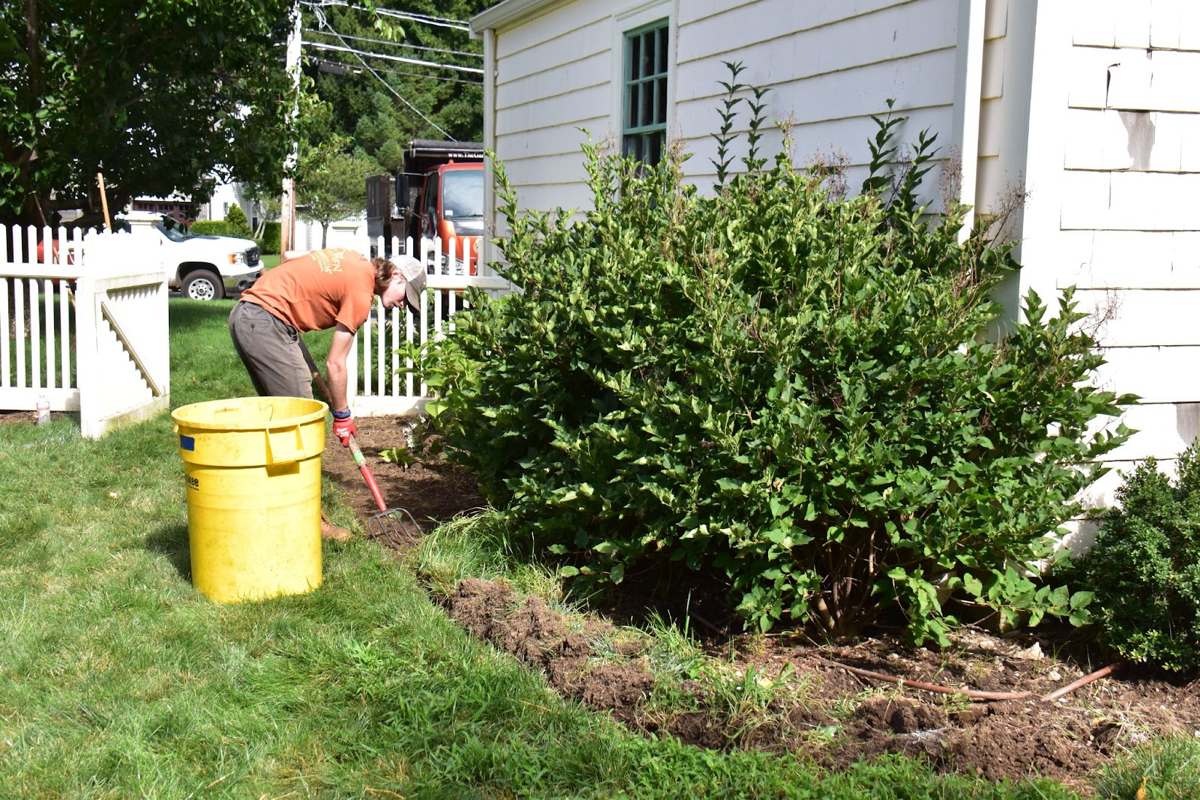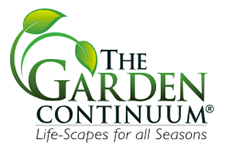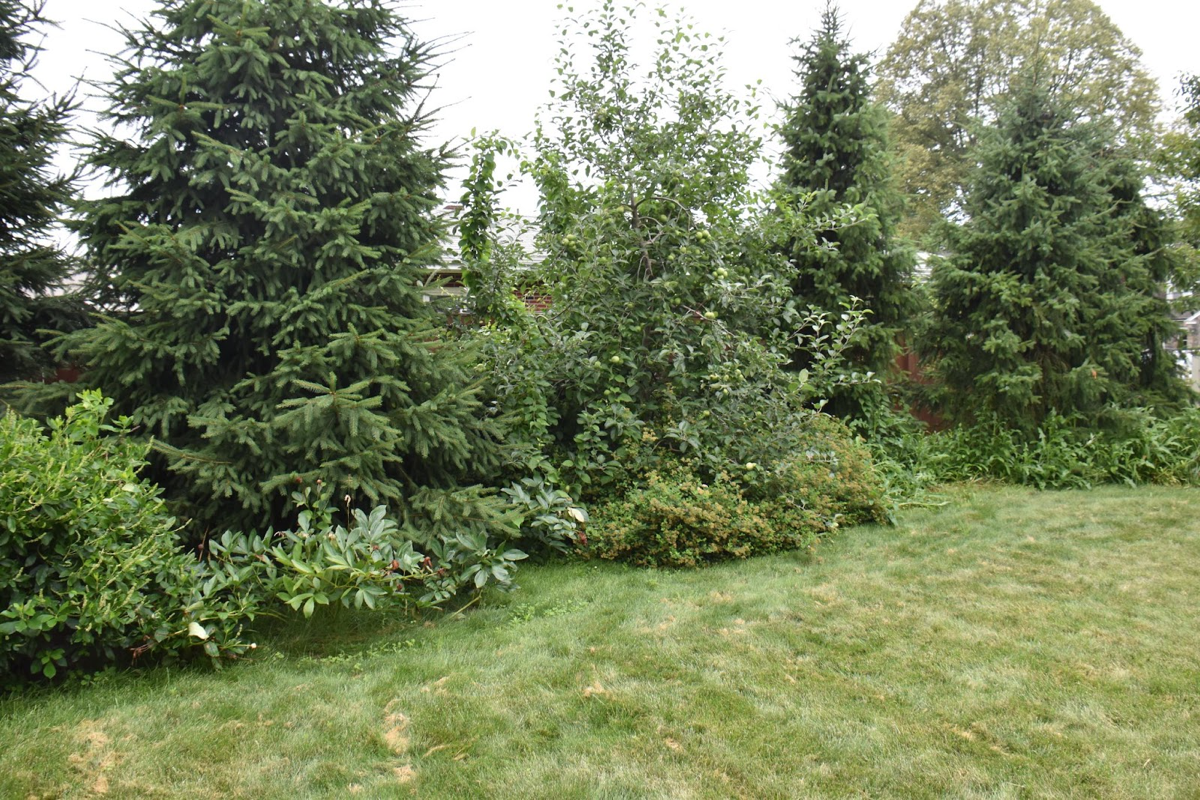Have you ever gazed at your garden and felt something was amiss? The once-vibrant landscape now appears cluttered and lackluster, leaving you yearning for the days when your garden flourished. The late summer and early fall are excellent times for landscape assessment. At The Garden Continuum, we love this time of year to plan for fall work and the edits we will make in the fall or the upcoming spring.
The key to revitalizing your outdoor oasis lies in understanding the dynamic nature of your landscape and applying a thoughtful approach to its care and maintenance. In this comprehensive guide, we'll explore the key points to consider when reviving your landscape and ensuring its long-term health and vibrancy.
Embrace the Ever-Changing Landscape
Every year brings a new constellation of seasonal attributes, from varying precipitation rates and temperature patterns to fluctuations in insect and disease pressures. It's vital to recognize that our climate and weather are not static, and our landscapes should adapt accordingly. Be aware of both consistent patterns and unexpected anomalies, such as droughts or periods of high precipitation, as they can significantly impact your garden's health and appearance.
Assess Your Landscape
Before embarking on any restoration efforts, it's crucial to assess your landscape's current state. What is the past condition of your garden that you wish to restore? Distinguish between restoration, renovation, and revival. Restoration means returning to a specific point in time, while renovation involves blending the past with the present. Revival, on the other hand, focuses on the overall health and vitality of your landscape. Understand what you have and what you desire, and bridge the gap.
 It happens that life gets in the way of gardening and this is the result which can be corrected with some focus and attention to restoration.
It happens that life gets in the way of gardening and this is the result which can be corrected with some focus and attention to restoration.
Plan the Transition
Decide what elements of your landscape you want to keep in place, what should be relocated, and what needs to be removed. Clearing away clutter and visual obstructions is essential for a fresh start. Consider pruning existing plants to shape them as desired and identify candidates for relocation. Some plants, like fast-growing rhododendrons, may benefit from a move and aggressive pruning.
The Art and Science of Pruning
Pruning is a fundamental and often underestimated aspect of garden revival. It's both an art and a science, and its importance cannot be overstated. Here are key reasons why pruning plays a pivotal role in revitalizing your garden:
Pruning is akin to giving your garden a fresh start. You create space and stimulate new growth by removing dead, diseased, tangled, twisted, or broken branches. This is particularly crucial for shrubs and trees that may have become overcrowded or have stopped producing vibrant foliage.
Just as a haircut can transform your appearance, pruning shapes and enhances the visual appeal of your plants. With training and time, you can sculpt them into various forms, from elegant topiaries to naturalistic shapes, to achieve the desired look for your garden.
Most flowering plants and fruit-bearing trees benefit significantly from proper pruning, which is equally connected to pruning skill as it is to the timing of pruning. It redirects the plant's energy towards flower and fruit production, resulting in a more abundant and aesthetically pleasing display.
Some types of mature plants that have seen better days can benefit, too. By carefully removing older, unproductive branches, you can encourage the plant to focus on producing new, healthy growth.
Many plants, if left unchecked, can quickly outgrow their allotted space. Pruning helps manage the size of your plants, preventing them from overshadowing other elements or encroaching on walkways and structures.
For trees and larger shrubs, pruning helps maintain structural integrity. Removing weak, crossing or poorly attached branches prevents breakage during severe weather conditions, ensuring the long-term health of your garden's woody plants.
>> For tips on pruning and other gardening skills, please visit our video library. 🌳
 A task as simple as edging and mulching will visually improve your landscape and restore a sense of organization.
A task as simple as edging and mulching will visually improve your landscape and restore a sense of organization.
Careful Transplantation
With a clear plan in place, focus on moving the plants you’ve selected for transplantation. Ensure the new location is adequately prepared before digging out the tree or shrub you intend to move. Remember that the plant you’re transplanting may experience shock, so providing proper care and attention during the first few weeks is essential. The best time for transplanting is spring or fall, depending on the specific plant type. Remember, not all plants need or can handle the same treatments.
Divide and Multiply
For perennials and ground covers, dividing and transplanting is an excellent strategy. Divide large clumps of plants like irises into smaller sections, keeping what you need and sharing the excess. It's like getting free plants while simultaneously spreading their beauty throughout your landscape. Check out this YouTube video on how to divide Iris siberica in the spring. You can also do this work in the fall season.
Introduce Fresh Elements
Now that you've made space in your revitalized garden consider introducing new plants. This is your opportunity to correct past mistakes, weave in native species, or experiment with cultivars to achieve your desired look. It's a chance for restoration or a fresh start with entirely new plant varieties.
Long-Term Stewardship
The journey to landscape revival doesn't end with planting. Stewardship is about maintaining and sustaining your garden over time. Consider your maintenance budget and decide whether you'll partner with a professional or invest your own time and effort. Neglecting maintenance can lead to an overgrown mess, so regular care is essential for your landscape's long-term survival.
The Power of Attention and Investment
In conclusion, all landscapes require occasional effort to maintain their vitality. While the average landscape has a lifespan of around 10 years with conventional care, horticulturally directed practices can extend this to 20 years or more. Regular editing and maintenance are crucial, as not all plants respond to environmental stress in the same way.
Remember that plants are individuals living in a community with other plants and environmental factors. By paying attention and investing in long-term care, you can enjoy a vibrant and flourishing landscape for years to come. So, embrace the ever-changing nature of your garden, assess your landscape's needs, plan the transition carefully, and nurture it. Reviving your landscape is not just a project; it's a journey towards lasting beauty and vitality.
If you are interested in regenerative gardening, please download our eBook: How Regenerative Gardening will help Fight Climate Change.



 It happens that life gets in the way of gardening and this is the result which can be corrected with some focus and attention to restoration.
It happens that life gets in the way of gardening and this is the result which can be corrected with some focus and attention to restoration. A task as simple as edging and mulching will visually improve your landscape and restore a sense of organization.
A task as simple as edging and mulching will visually improve your landscape and restore a sense of organization.
Leave a comment